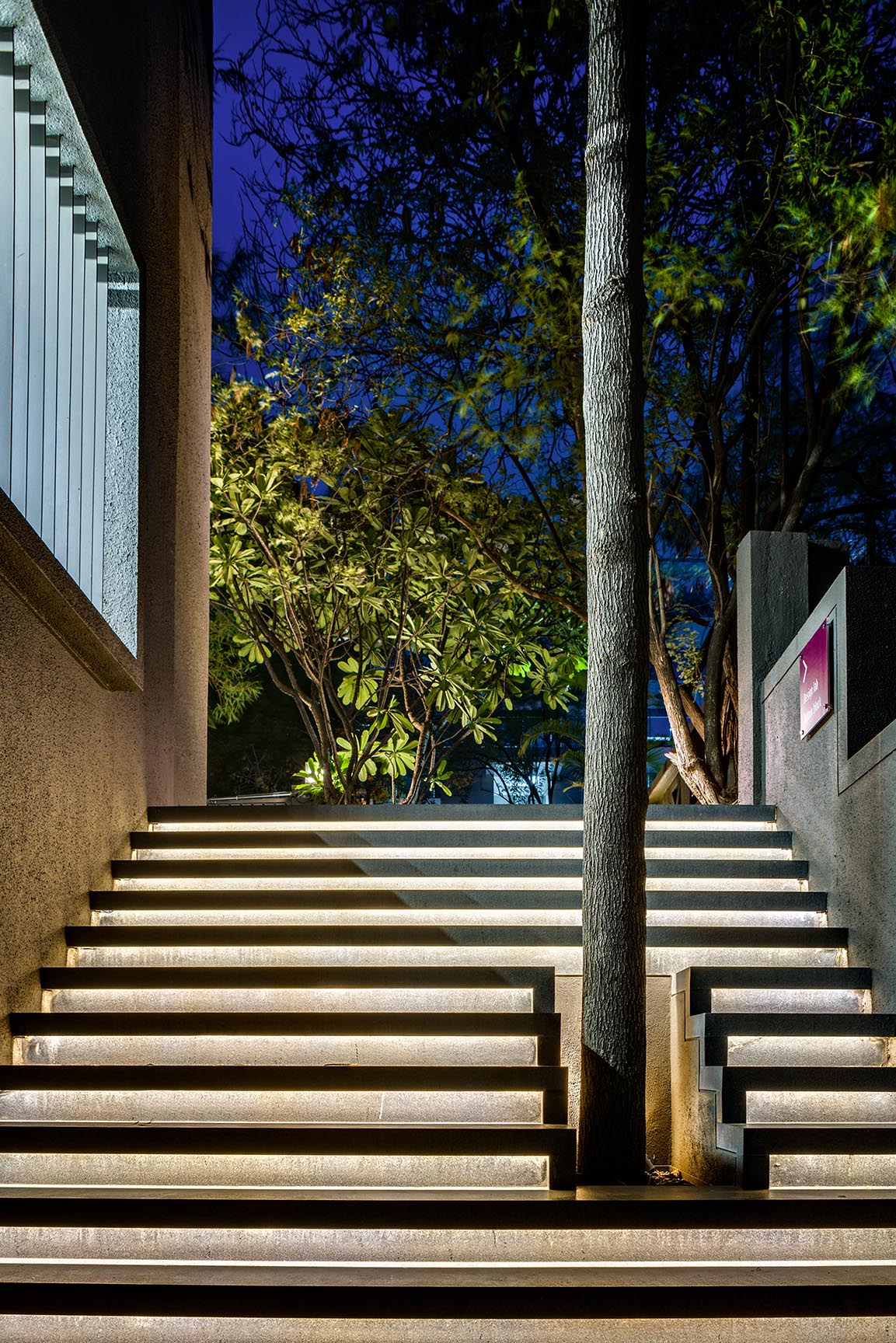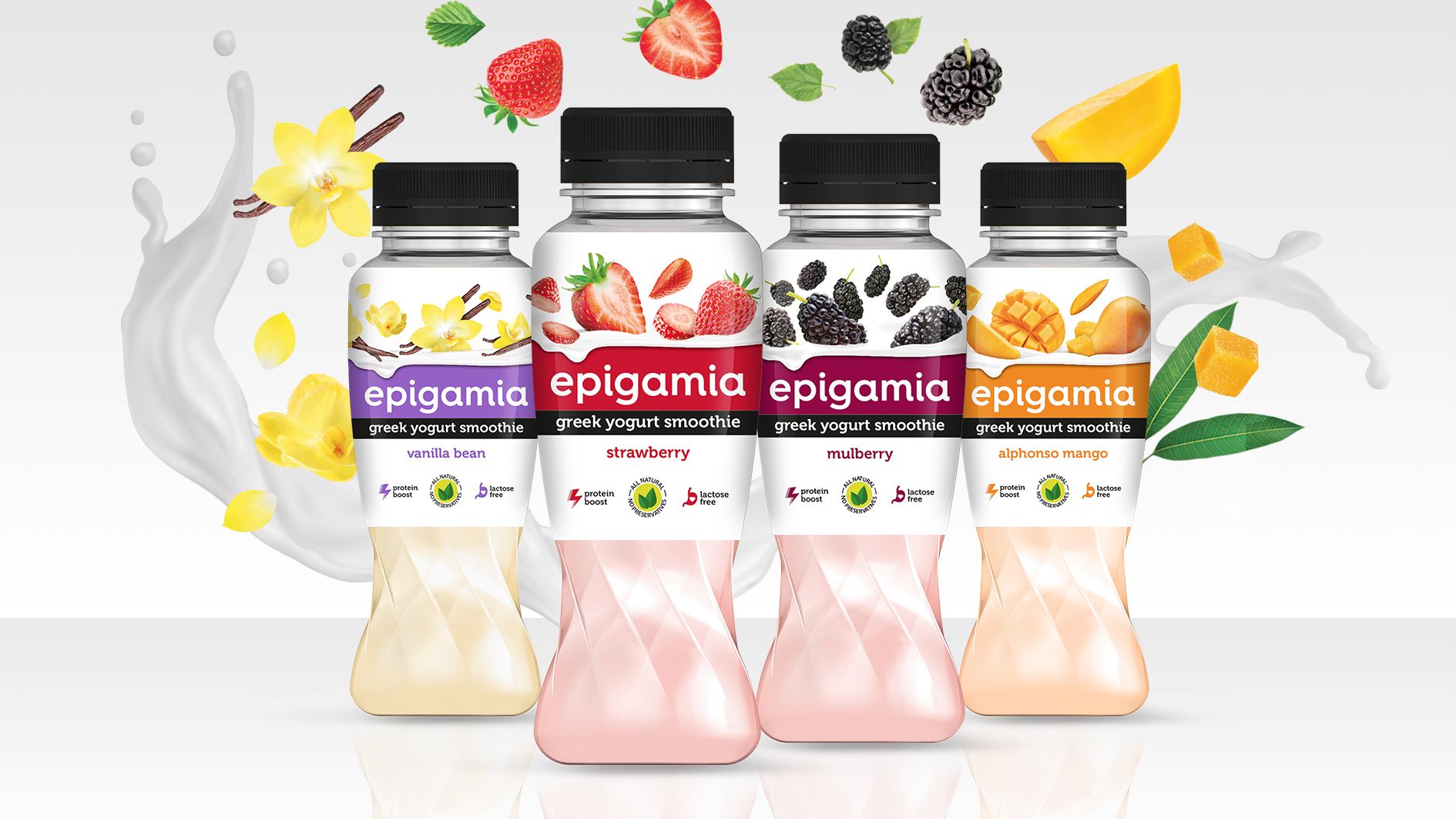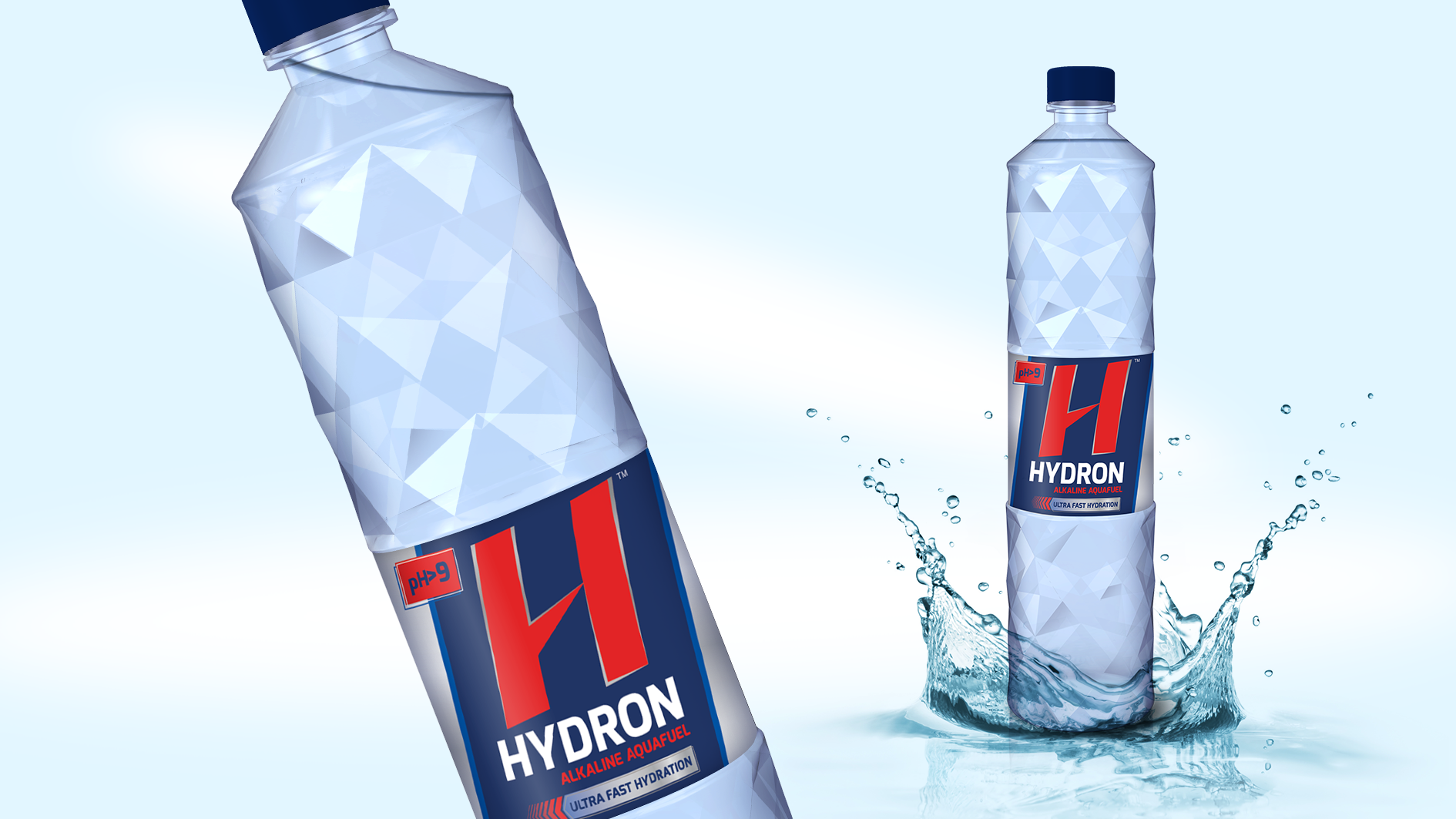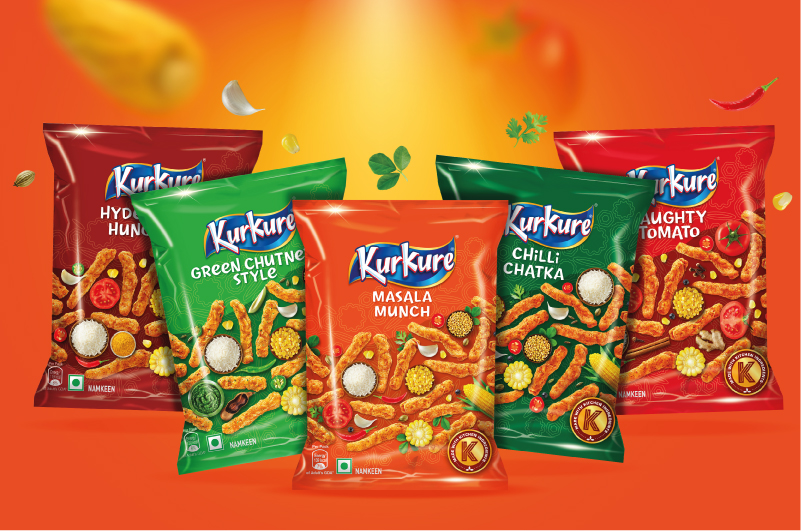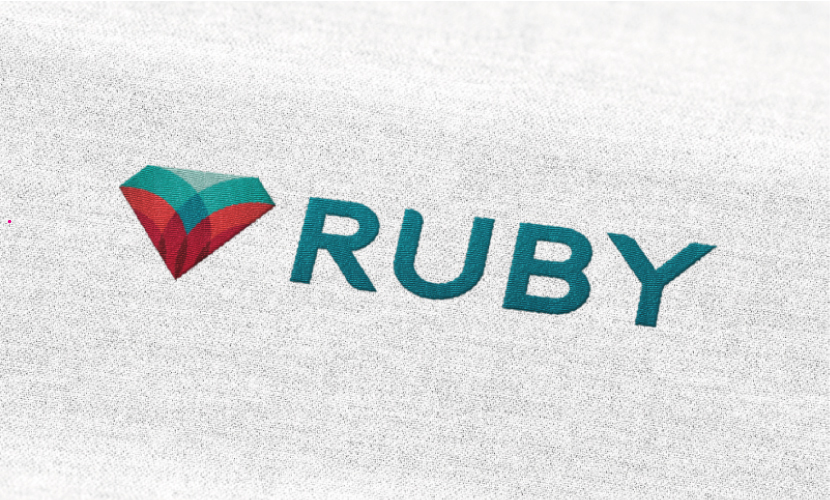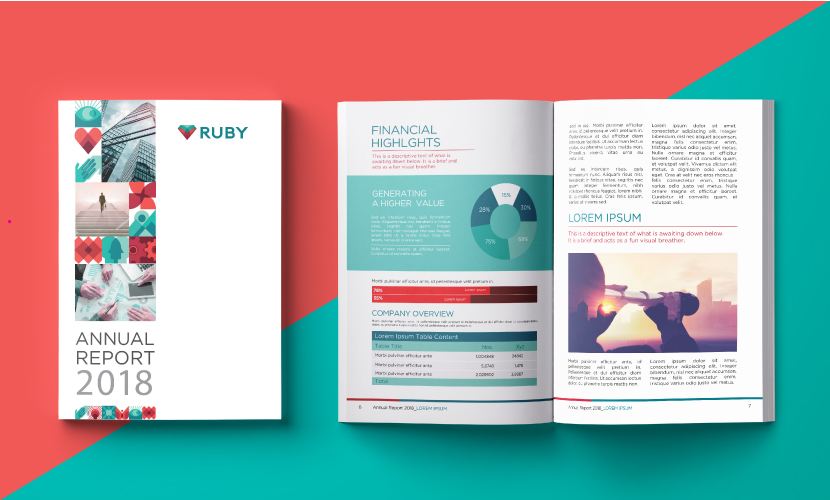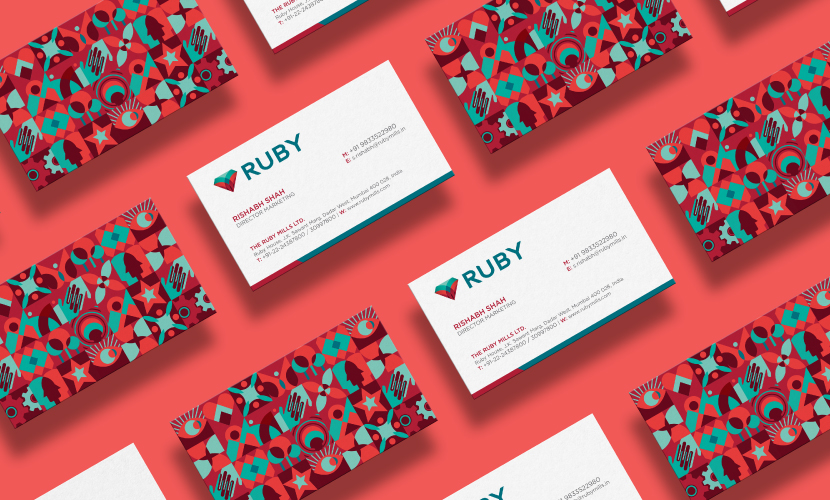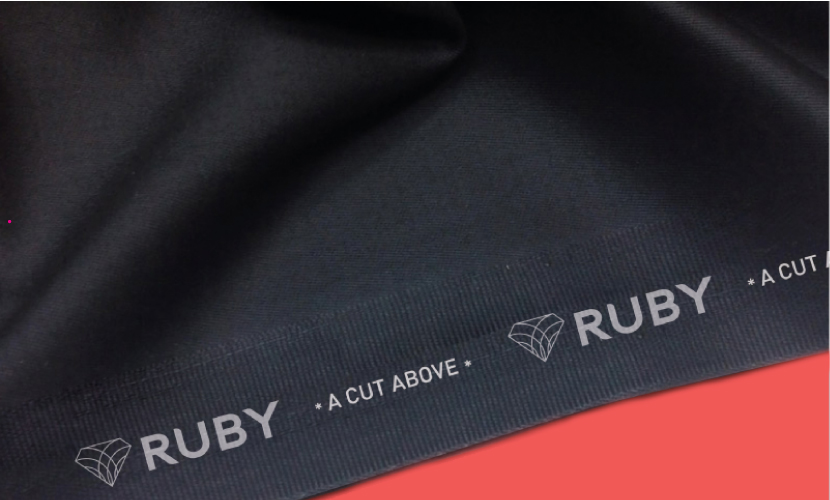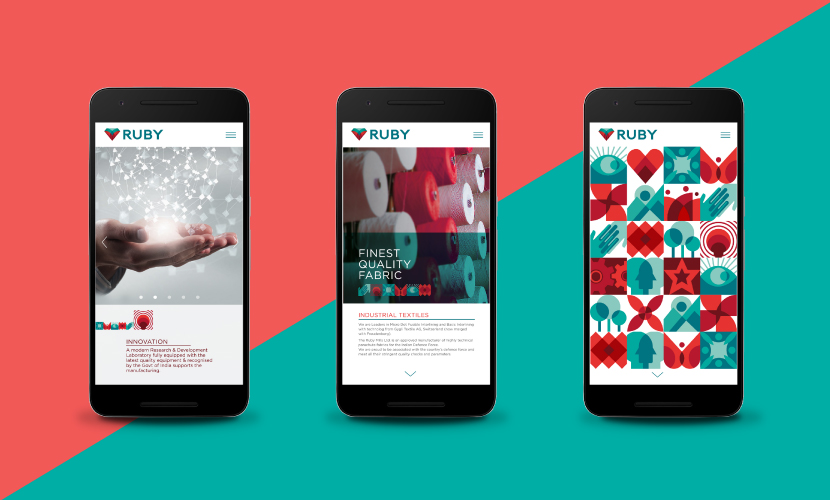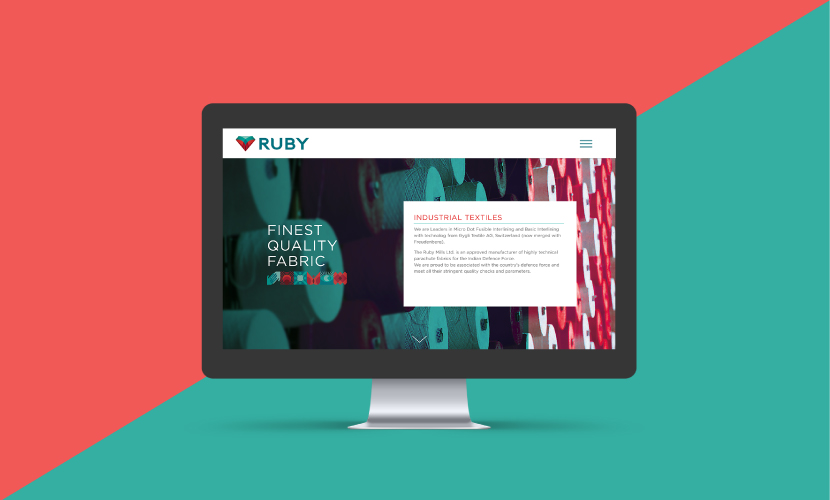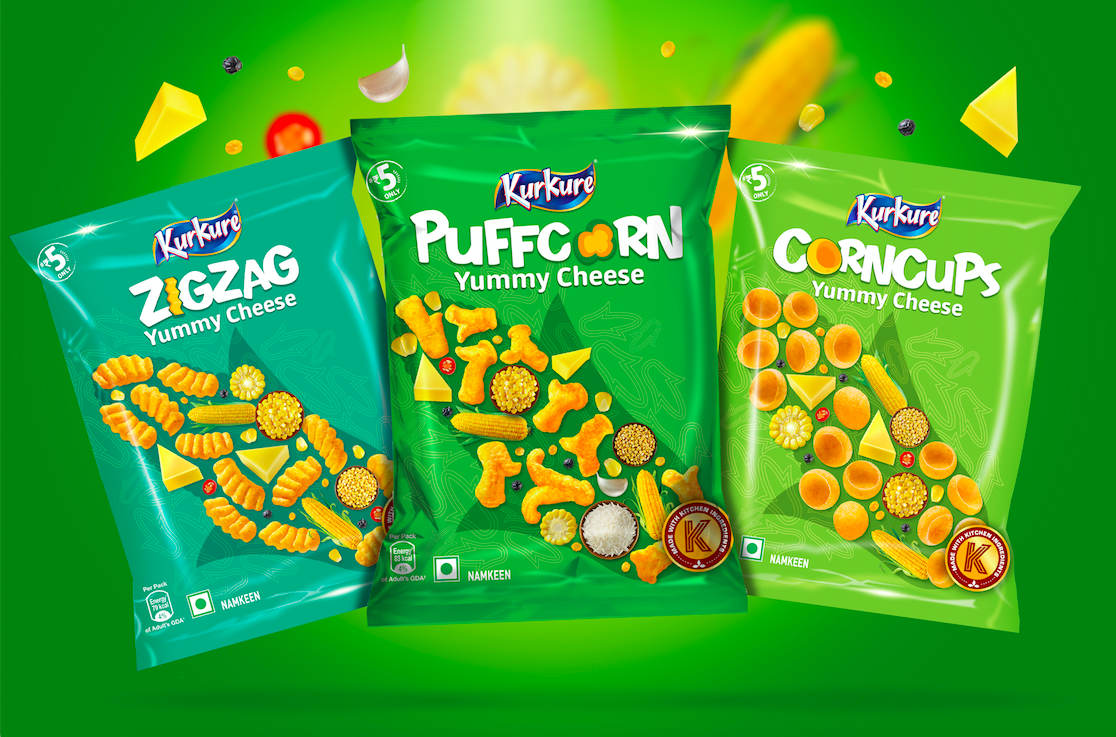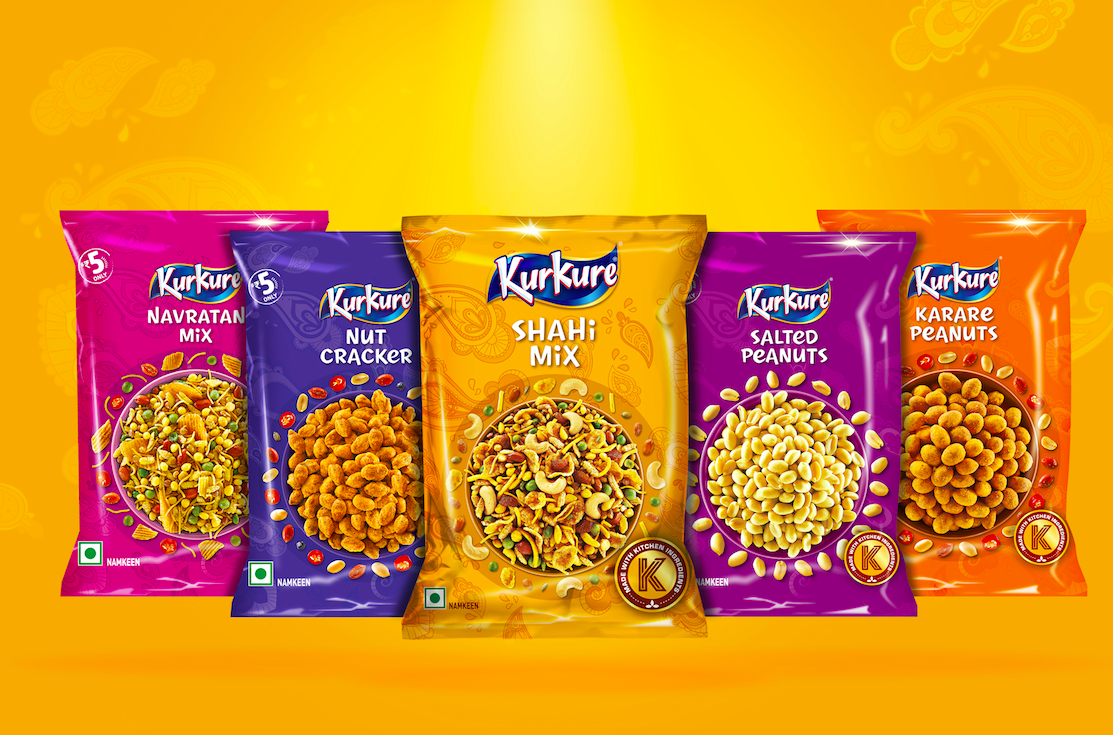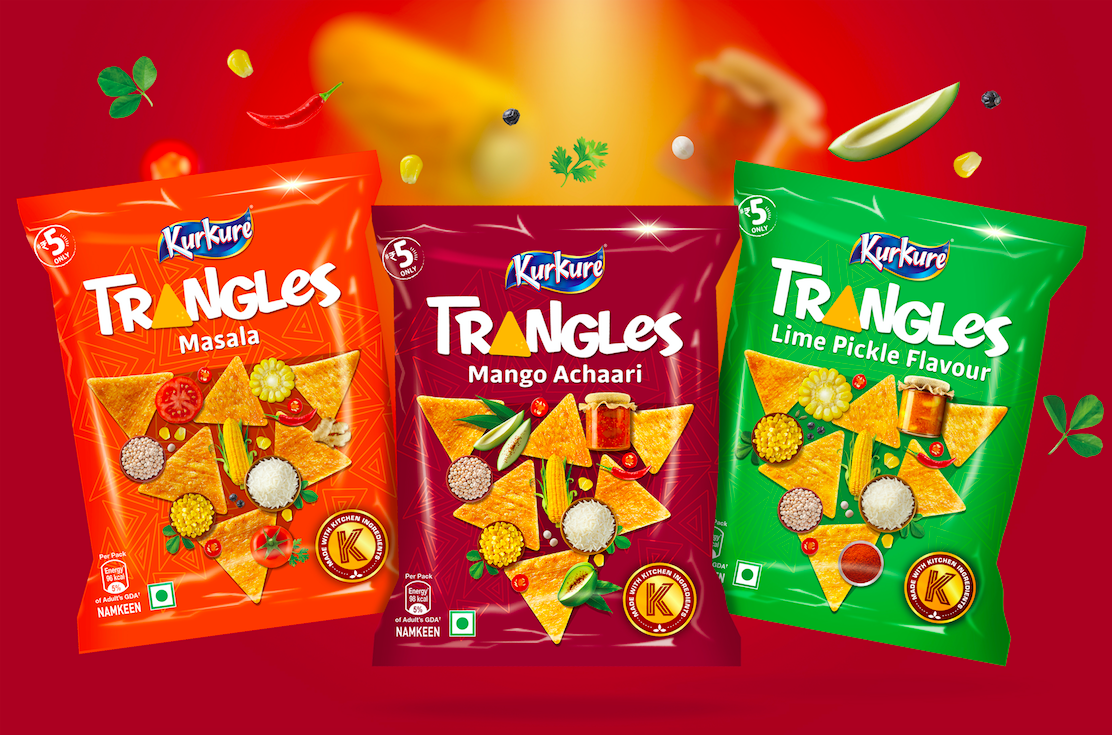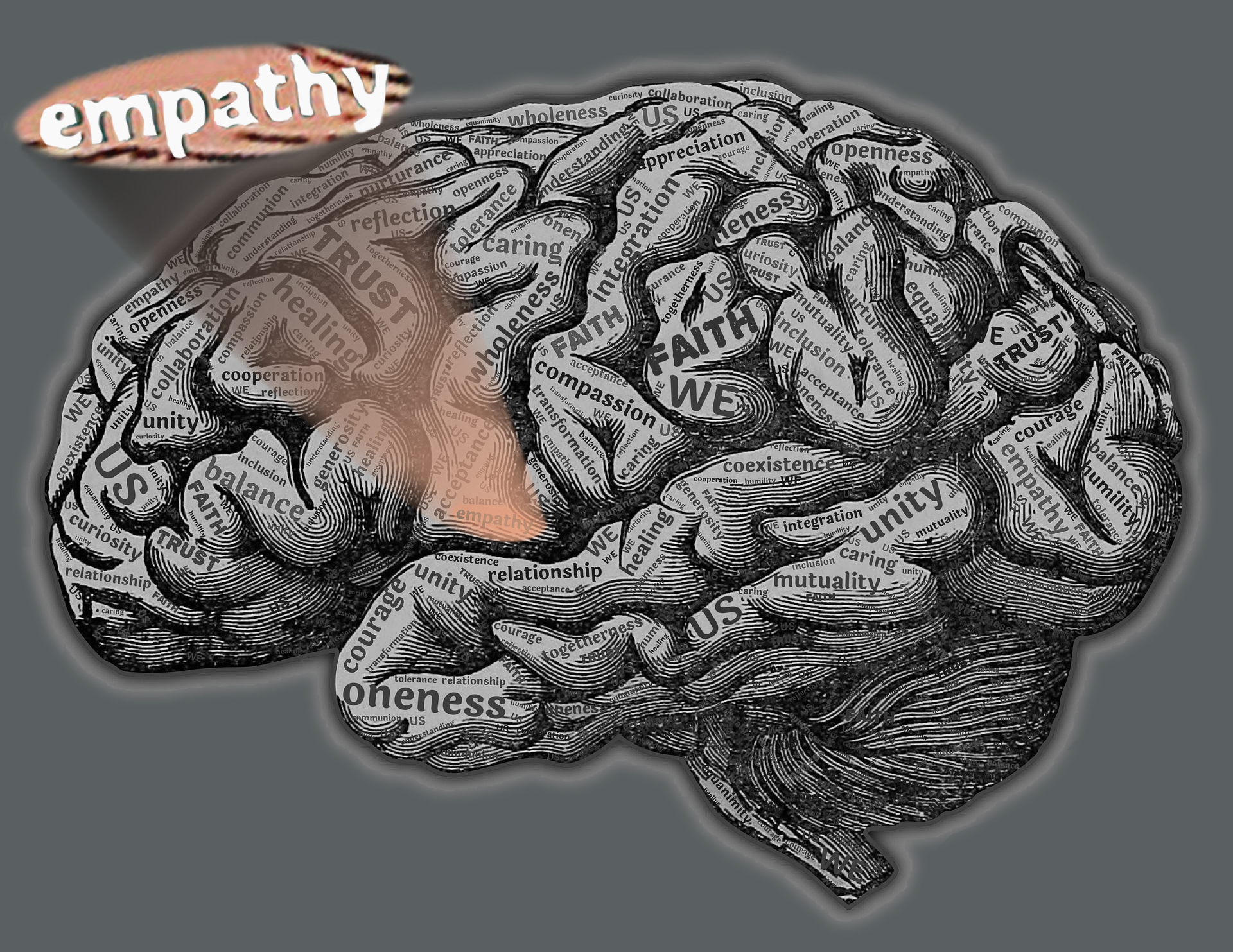Sustainability & responsibility are the DNA of Design
Ashish Deshpande, Director, Elephant Design, tells VM&RD why sustainability is the essence of store design and explains with an example how it can be realistically made part of a store design project.
How do you define sustainability in the context of retail design?
Answer to sustainability in retail lies in the ability of the effort to survive scale, time & connect with the customers. Sustainability is not a new concept. Every retail business has known this for the last 200 years or even more. Those who survived followed it and those who did not were lost in the quantum of time. Stores like Maratha Cooperative in Mumbai or Macy's in the US of A, survived over a century purely because they were able to sustain their relevance and engagement with customers. Store elements were always optimal and met up with aspirations of the customers. These stores big or small, stretched the rupee, dollar or pound invested, across decades. That to me is sustainability in retail.
Good sustainable retail is the one that is optimum in terms of elements and use of material, is locally sourced & serviced, predominantly uses natural light & climate control, supports business with value to remain relevant to customers over years.
It lends itself to evolution over time, behaving current without a necessity to overhaul the core fabric of the store.
Sustainability & Responsibility are two core values that every designer must imbibe deep in her mind. It is the very DNA of every design exercise. Every other thought and function must revolve around these core values. Design has to be sustainable. Even a pop-up store would align to these core values.
Can you share a recent example of store design where sustainability as a design concept was used?
Classic Legends promoted Jawa Motorcycle stores are sustainable as a concept.
These stores were not designed based on an overt & emphasised brief, "let there be sustainability". The store is visualised on commonsense concepts of survival and longevity. These two basic intents have ensured a sustainable approach.
Theme
The store theme builds around the classic Jawa motorcycle & brand. The store evokes the warm ambience of a curated Book Cafe, expresses Jawa's legacy and echoes the nostalgic zeitgeist of that era. It resurrects the inherited authenticity of this legendary motorcycle. This creates a timeless longing and association making the space ageless.
Layout
The layout is open with the floor kept free for motorcycle models. The layout is simple and lends full visibility of the store interiors. This openness optimises movements and enables a low prop store. Jawa motorcycles are positioned upfront for quick browse & feel. One can either head towards the Book Cafe corner or to the merchandise area, to have queries addressed. There's always the comfortable high table nearby, for a bit of privacy or a quick chat.
Materials
Non VOC Polished veneer and regrown wood elements evoke simple, honest warmth. Rough textured wall finish adds another dimension, appealing to visual & tactile senses, while serving as an ideal backdrop for all wall-mounted features. Low maintenance flooring with warm, rustic feel and colour variation complements the rugged appeal of the bikes and brings in a quaint personality to the space. Classic Chesterfield sofa dressed in 70's vintage oxblood upholstery helps one relax. Offbeat arrangement of classic tin art - Jawa Clock and posters inspired by tinplate lithography intrinsic to that period, help create the right mood.
Furniture is designed for local manufacture making sourcing easy and hence sustainable. The ceiling is left open and exposed and no gypsum base cladding is used to minimise unnecessary use of additional materials.
Elements
Simple elements like Book Cafe corner is where one can leisurely browse through a collection of retro paperbacks, collectibles or perhaps just sit around the Community table sharing biking stories with other friendly bikers over a steaming cup. Check the Jawa side panel colour variants or, maybe chalk one's thoughts on the 'Jawa Life' chalkboard. The writing's on the wall - series of posters gently inspire to inherit and become one of those Jawa legends.
Use of books that are actually reading worthy, use of chalkboard to communicate, use of tin instead of vinyl posters and engaging theme are part of a common sense sustenance approach to design.
Energy
The store layout makes use of the large window facade to draw in natural light through the day for bike display. The motorcycles colours look rich in natural day light.
Simple, unpretentious dome lights merge into the background and bathe the store in warm hues. Track light sources were precisely calculated to enhance and reflect correct colours of motorcycle body & trimmings. Entire lighting through the store uses LED power saving fittings with carefully planned zone-wise switching to ensure efficient utilisation and spread. Suspended retro lights in gunmetal grey cast a warm glow across the Community table while 2 large rustic silver dome lights crown show stopper bikes.
Fans have been introduced in the ceiling to avoid running of air conditioning, saving energy and money.
Life
The store is designed for a life span of 10 years and beyond requiring minimal upkeep of imagery & communication. The store is designed on a low per square foot cost making it sustainable as a business proposition.
This cover story interview appeared in VMRD Retail Design magazine in December 2019 issue.










